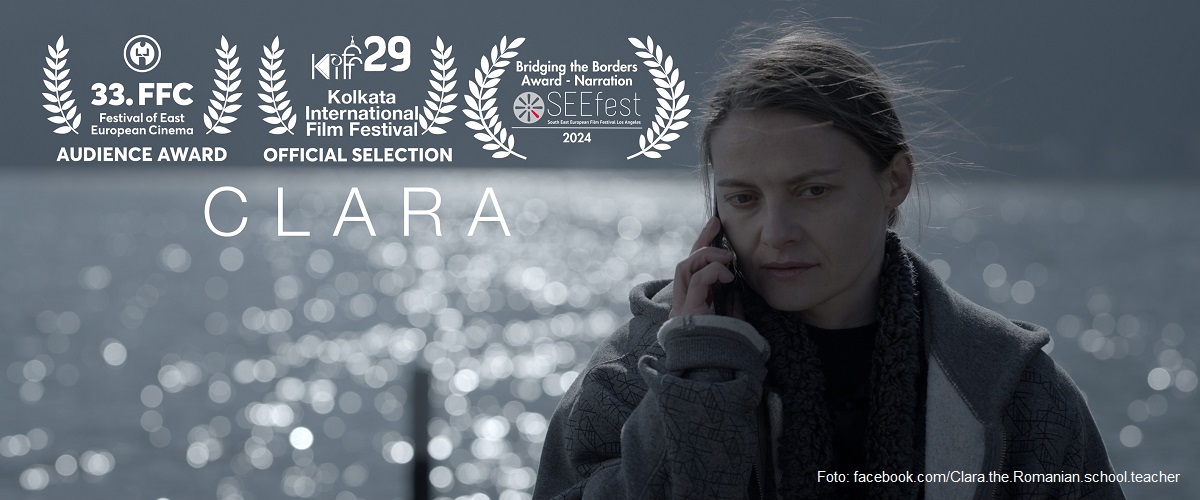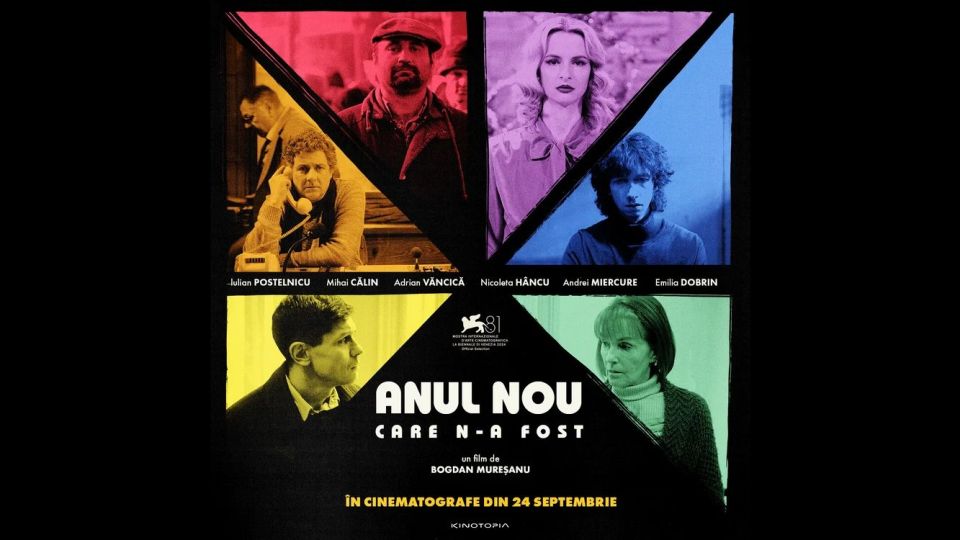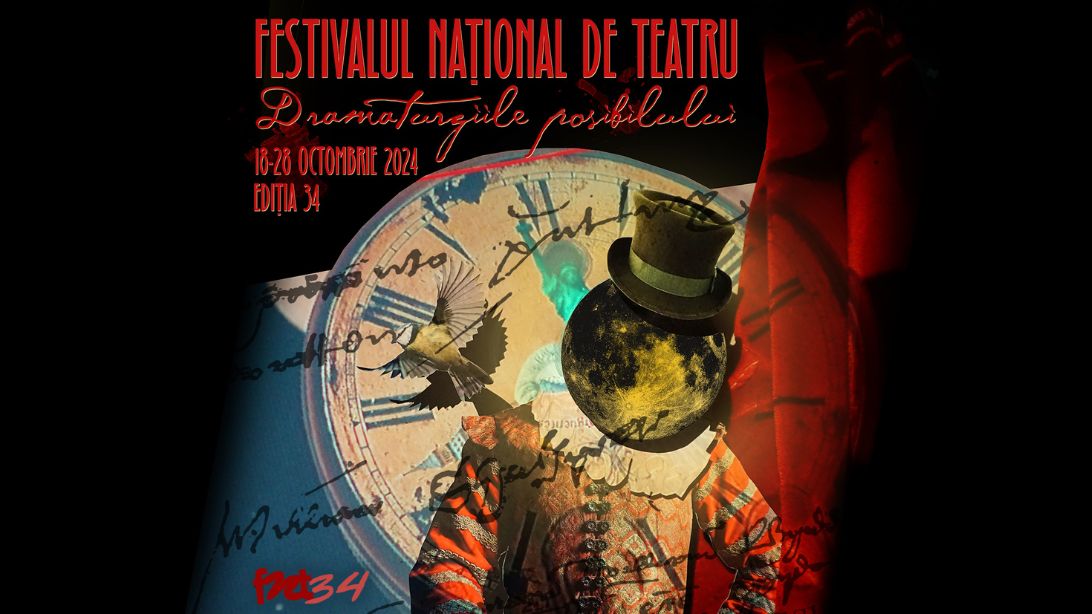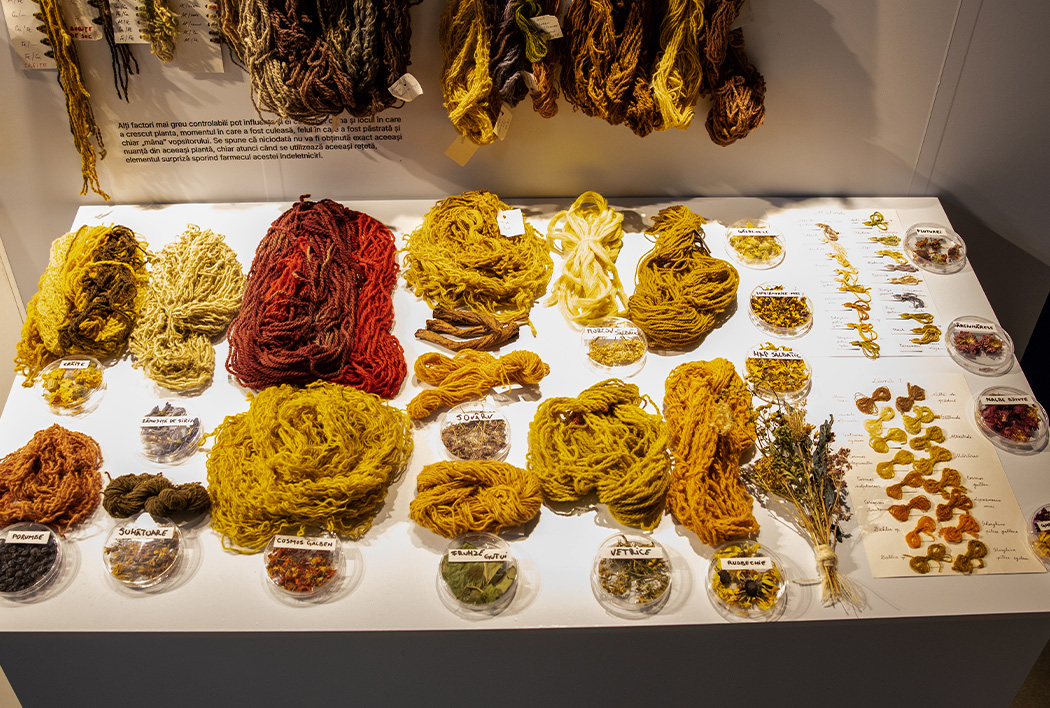The National Bank Museum reopens
Guests can discover the new galleries of the museum.

Ion Puican, 05.02.2022, 14:00
The Museum of the National Bank of Romania has reopened starting the end of last year. Guests can discover the new galleries of the museum, whereas temporary exhibitions observe modern presentation concepts, according to European standards. Apart from the exhibits themselves, guests will also have the opportunity of admiring the beautiful neoclassical building in the old part of Bucharest.
Speaking about the building and the National Bank of Romania is Ruxandra Onofrei, an expert with the National Bank Museum: “The National Bank was founded in 1880. It was an element of modernity for the Romanian state at the time, as it was the 16th central bank established at global level. During its first years, the National Bank operated in a different building. In 1882, it purchased the building of the former Șerban Vodă inn from the Romanian state, on the ruins of which it started raising the current building. In 1884, the National Bank invited two well-established French architects, Cassien Berard and Albert Galleron, who suggested a mix of the neoclassical style with French-inspired eclectic elements of 19th–century and early 20th-century architecture. Our museum was set up in one of the most important halls in the building, which we call “the Marble Hall. It is currently hosting the temporary exhibition devoted to King Michael I. It used to be called “the Counter Hall in 1890, since in its early days, the National Bank also had public relations operations. Under every arch of this hall there used to be a desk, behind which a bank clerk would work. A long table was laid out in the middle of the hall, where clients could find the standard forms. The acoustics of the hall is special, allowing for the absorption of echo and thus preventing people from hearing what others are talking about close-by. Every clerk had his own safe box where he stored cash and valuables at the end of the day. Our temporary exhibition contains twelve such safe boxes. Guests can also admire various items such as coins, bills or other objects of special value and interest in our museum collection.
Ruxandra Onofrei also talked about the permanent exhibition of the museum: “The permanent exhibition also includes, alongside the spectacular halls in the Old Palace of the National Bank which venues our museum, the history of currency circulation in Romania. The collection is made up of coins displayed chronologically, starting with some from the 5th century BC, minted at Histria Fortress, and going through all other historical periods until 186, when the Romanian monetary system was introduced. Another section of the museums permanent numismatic exhibition is the history of the Romanian Leu, the domestic currency, from 1867 until today. Also on display is a selection of the most relevant coins that have circulated on Romania’s territory.
One of the temporary exhibitions of the National Bank Museum, entitled “100 years since the birth of King Michael (1921-2017) is displayed at the center of the Marble Hall. Ruxandra Onofrei tells us more about it: “This exhibition was put together in collaboration with the Royal House of Romania, the National Archives, the Dimitrie Gusti Village Museum and the Ferdinand I Military Museum. The exhibition dedicated to King Michael I, marking 100 years since his birth, was opened on October 25, 2021 and can be visited until May 31, 2022. Its purpose is to take visitors through the life of Romanias last monarch. His life overlaps, in fact, with many important moments in our national history, which we have included in this exhibition. There are also less conventional objects on display, such as King Michael’s birthday certificate, which has been exhibited for the first time, a number of photos of the monarch and some of his school tests. The last section of the exhibition is represented by the 500 lei gold coin, occasioned by the anniversary of 100 years since the birth of King Michael I and a proof replica of the commemorative medal “Ardealul Nostru, that has been issued in the early 1945 and is better known to the public as “Cocoșel. By putting this coin into circulation in 1945, the government was trying to protect peoples’ savings and play down the effects of inflation which everyone was anticipating once the war was over. (VP & EE)






























